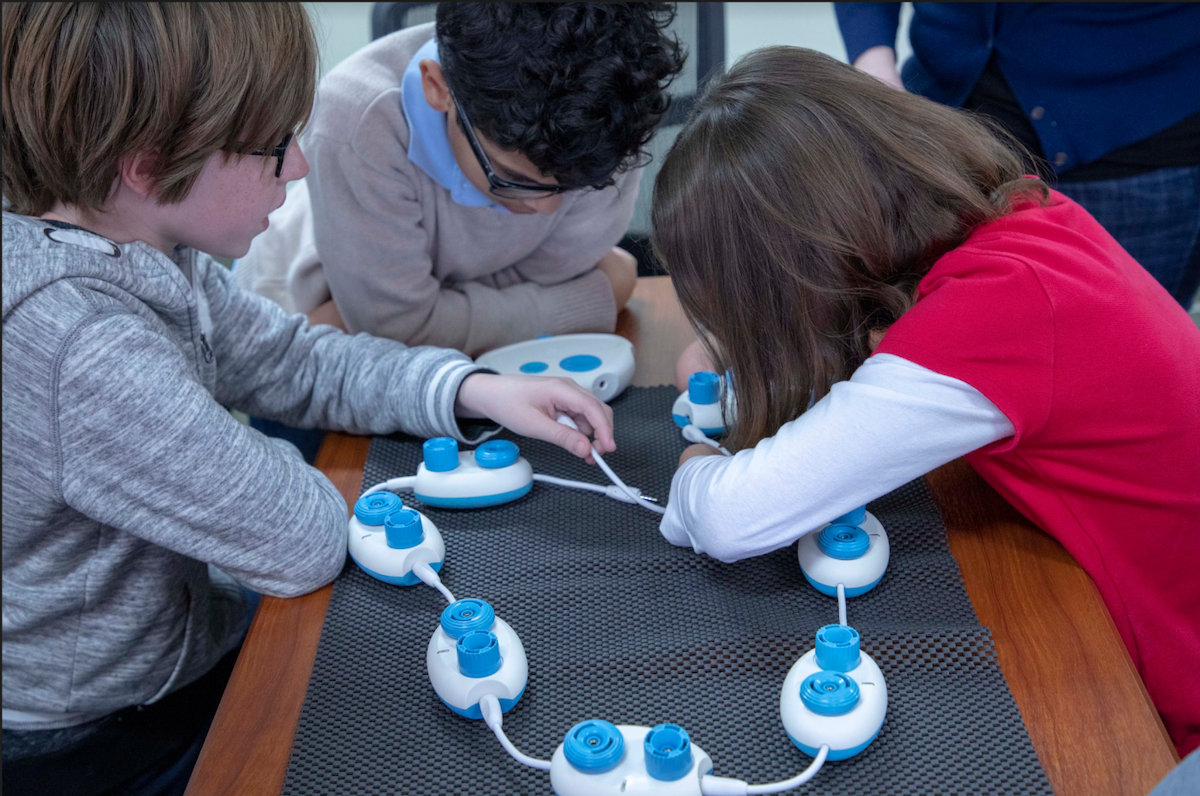Computer science: Important for all students
Technology is playing an increasingly significant role in our daily lives. It's estimated that over half the current workforce requires a high level of digital skills. These skills can include financial modeling, content creation, and social media analysis. In addition, 50% of top paying jobs in the United Stated require at least some coding skills.
Yes, I can!
Substantial effort has gone into the creation of tools to teach students how to program from a young age. The existing languages are highly visual in nature, both in manipulating the code, such as dragging and dropping, and in the effect that the code has, such as animation or moving a robot.
Students with a visual impairment may not be able to participate as fully in the experience as their peers.
Many students also prefer a multi-sensory approach to learning where they can physically create something, listen to what is happening as well as seeing the code on the screen. Students who may struggle with understanding concepts (such as loop) in a text-based program have the opportunity to physically observe a loop and make the connection between the text and the concrete experience. Creativity and cross-disciplinary opportunities happen in every lesson: students can create stories, write poems and songs; even engage in math!
This multi-sensory approach helps students create a mindset from the beginning that yes, this is something that I can do.

There are many roles in the computing field accessible to those with visual impairments, and only 29.5% of adults with a visual impairment are employed in the United States. Many more are underemployed. It's important that all students have opportunities to learn computer science.
Demand is increasing for computer science related jobs, and the field is expected to grow two times faster than the average of any occupation. Currently the supply is decreasing, with only 2.5% of all undergraduate degrees awarded in computer science.
In addition, 50% of top paying jobs in the United States require at least some coding skills (Burning Glass Technologies, Beyond point and click: the expanding demand for coding skills, 2016).
Based on these statistics, Microsoft and American Printing House for the Blind have come together to create a way to inclusively teach younger students with any level of vision beginning—encouraging students to continue their learning and help fulfill the growing job requirements.
“What I loved was how at ease the students are with Code Jumper. Assistive technology, and the technology that APH has, really levels the playing field for our kids when you’re looking at careers. It shows them the jobs they can do, and links the sighted world with the students’ world as well.”
— Deanna, teacher of the visually impaired, Louisville, KY
All students benefit from a multi-sensory approach to coding
Younger students can grasp abstract concepts of coding using multiple sensory channels, vision, auditory, and kinesthetic. This structure allows all students to work together to create programs and solve problems together using their preferred sensory experience.
Concrete examples of coding concepts
Older students benefit from coding in Code Jumper to create physical examples of coding concepts to supplement text-based coding programs.
